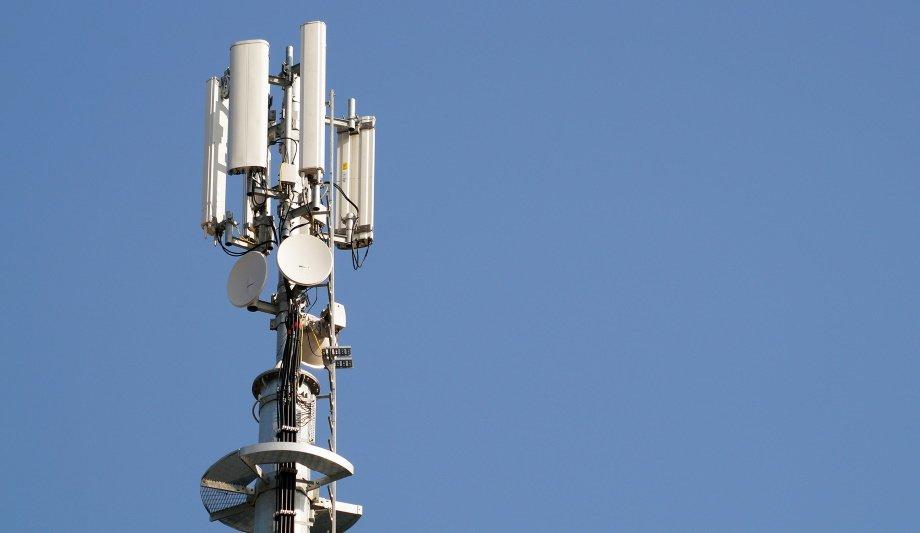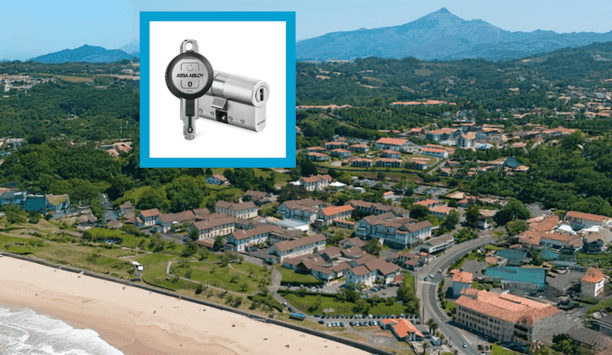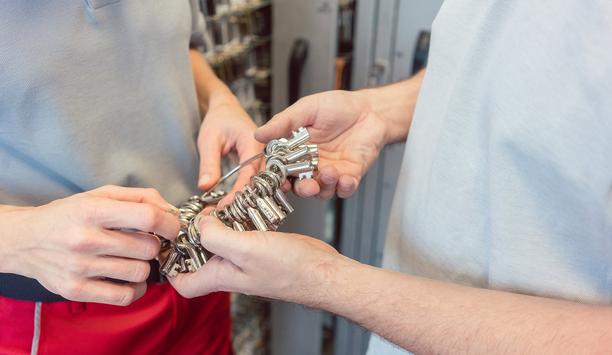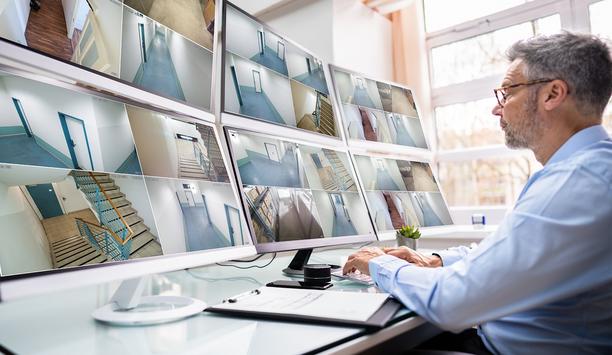Businesses large and small rely on their CCTV systems to deter intruders and provide recorded evidence of security incidents. Overtime, CCTV has evolved to offer real-time intrusion detection and monitoring, and businesses now expect easy, secure and anytime access to cameras, and data. For that, they need connected CCTV systems. These modern installations can benefit from cellular connectivity, helping businesses protect their sites, while also supporting enhanced capabilities for CCTV to deliver more.
Widespread use of CCTV systems
So widespread is the use of CCTV cameras now that London, United Kingdom has over 600,000 cameras, according to Surfshark, while IHS Markit expects over a billion to be operating around the world, by the end of 2021.
CCTV often sits at the heart of a business’ on-site security arrangements
CCTV often sits at the heart of a business’ on-site security arrangements. Yet, despite this, traditional set-ups fail, to take advantage of the full capability, such physical security can provide.
Real-time feeds with anytime access
Nominated personnel must physically go to premises to access CCTV video, when it is recorded and kept only on-site. This causes loss of valuable time, when a potential crime must be reported and investigated. What’s more, it can put those who arrive first at the site at risk, if intruders are still present.
Nowadays, CCTV installations can take full advantage of connected capabilities. They can provide real-time feeds, which authorized users can access securely from anywhere. That expands the security credentials of CCTV systems, beyond just recording. Detected intrusions can trigger alerts and provide a real-time visual of what’s happening, so that required action can be taken.
Of course, to realize these CCTV capabilities, systems must be connected and use the right type of connectivity at that. Connectivity must be resilient, so that it provides a continuous feed, even if a primary connection is lost, secure for authorized users, scalable and cost-effective. Traditionally, connectivity has come from wired connections and WiFi, but now cellular connectivity provides an attractive alternative.
The benefits of cellular connectivity
There are a number of reasons for this. To start with, fixed line connectivity isn’t always available in all locations. If the infrastructure isn’t there, particularly at remote sites, cables have to be laid. That’s expensive and takes time. CCTV towers in the construction and building industry, for example, require CCTV that can be rapidly deployed in areas that most likely don’t have fixed line connectivity. A cellular connection can be quickly arranged to get a CCTV system up and running in the shortest possible time.
Relying on third-party infrastructure, such as fixed line networks, can also be an issue for CCTV solution providers, because any policy changes can make integration difficult. Issues that may require changes from the third-party network administrator can take longer to resolve and if the fixed line network goes down, there is usually no backup.
Cellular connectivity offers end-to-end control
Cellular connectivity, delivered by a solution provider, gives end-to-end control of the connectivity
Cellular connectivity, delivered by a solution provider, gives end-to-end control of the connectivity. In the rare event that something goes wrong, the solution provider can manage a resolution quickly.
Where a number of sites are involved, cellular connectivity can provide a single solution, simplifying overall management of the complete installed CCTV system and reducing total cost of ownership for connectivity.
Single connectivity management platform
Through a single connectivity management platform, businesses can oversee an entire security installation, viewing and managing data usage, and using the information to assist decision making, as security needs evolve.
This brings us to the fourth benefit - The ability to easily scale up. This might be because additional cameras are needed at a site or additional sites need to be catered for. It could even be because the CCTV installation is being enhanced to support additional capabilities.
Simple plug-and-play to get cameras online securely
Whatever the reason, being able to roll out connections rapidly, to a range of locations will be critical to existing and new installations. Ideally, connectivity should be possible within a matter of days and end users should be able to simply plug-and-play to get their cameras online securely.
Resilience is the next factor to consider. Pre-configured routers, or embedded SIM cards in cameras, can reconnect to the most readily available alternative cellular network in the event of a network outage. In this way, cellular connectivity can form part of business continuity options. In some cases, it can work together with fixed line connections, as part of robust installations, which have mitigation built-in, should primary connections fail.
Expanding CCTV capabilities
4G and now 5G too, allows for easy access and remote monitoring for CCTV applications
4G and now 5G too, allows for easy access and remote monitoring for CCTV applications. It can be deployed rapidly, supports an ‘always on’ approach and can stream high volumes of data and imagery. Live video feeds can be viewed by authorized users on any device and they can receive alerts, and notifications direct to their mobiles too.
The high speed, high bandwidth and lower latency of 5G connectivity also provides the opportunity for enhanced CCTV system capabilities, such as live feed analytics. This is ideal because it helps businesses build on the primary function of security with, for example, occupancy monitoring. This has very much come to the fore, over the past 18 months+, as businesses have had to concern themselves more than ever with occupancy levels in their buildings.
ANPR in crime detection and traffic enforcement
Retailers, meanwhile, have built on the real-time nature of CCTV technology, to monitor customer numbers in their stores, in line with social distancing guidelines. Another CCTV application can be found with automatic number plate recognition (ANPR) in crime detection and traffic enforcement. Combined with software, the feed from CCTV cameras is used to help find and track vehicles for law enforcement or traffic monitoring.
For most CCTV applications, the speed and functionality that comes from 4G is more than sufficient. However, it is likely 5G will drive new applications and ways to expand CCTV capabilities to the benefit of businesses.
CCTV systems offer remote monitoring and high quality visuals
Once a single application installation, CCTV use to provide only on-site recording capabilities. Now, CCTV systems can support remote monitoring and higher quality visuals. They can deliver alerts, and back them up with access to real-time video feeds, so that authorized users can assess a situation and take action rapidly. These additional capabilities support enhanced use cases for CCTV.
The data that CCTV systems generate is valuable to businesses. Businesses that capture and analyze the data can fully capitalize on its potential. Cellular connectivity provides a resilient and scalable way of connecting single or multiple sites. Through a connectivity management platform, businesses can consolidate CCTV connectivity, managing connections across networks and deployments.
From facial recognition to LiDAR, explore the innovations redefining gaming surveillance



























